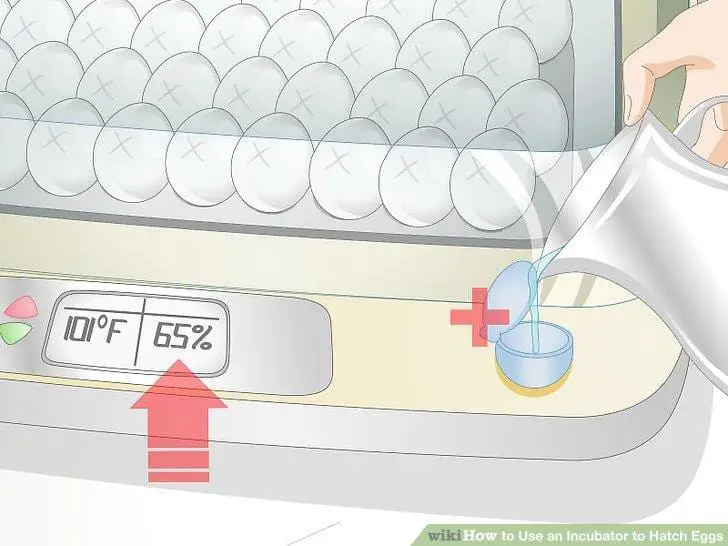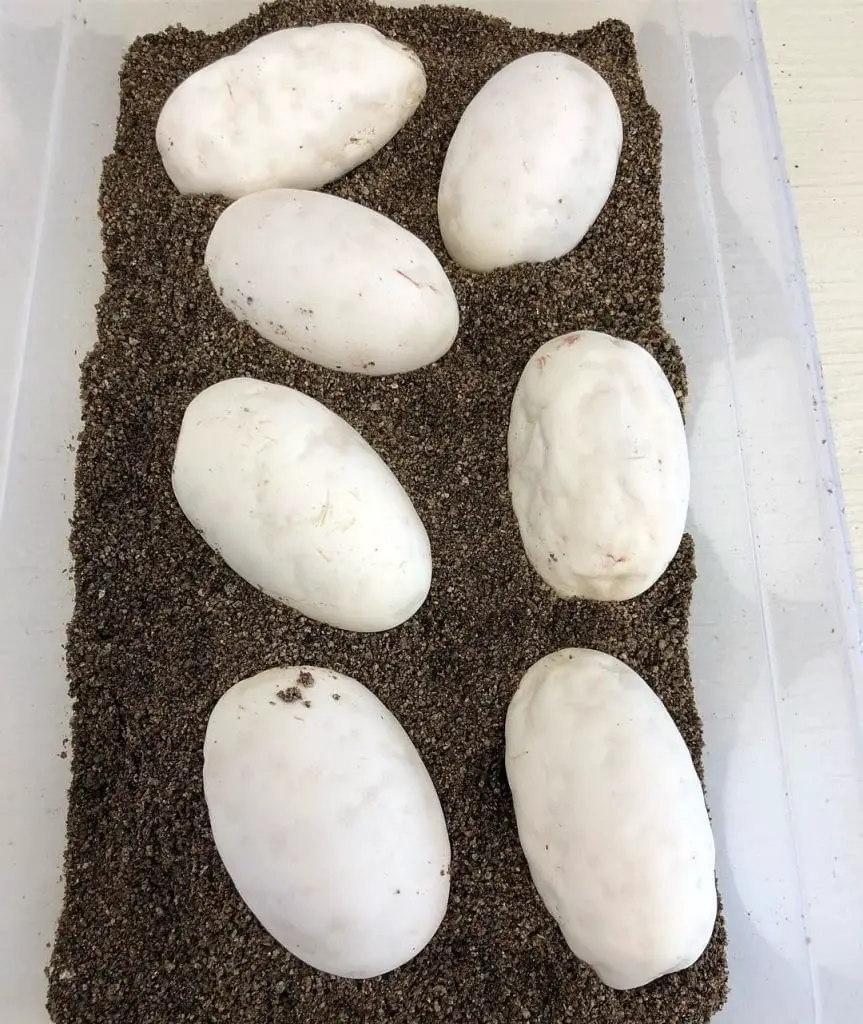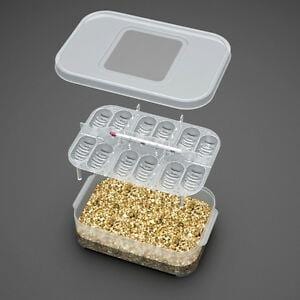A python egg that is viable and healthy will surely hatch under an ideal condition. The female pythons are good in taking good care of their eggs; however, their ability to provide the right temperature and humidity levels to their juveniles are varying so in captivity, it is best to use an artificial incubator to ensure that the eggs will be incubated well. The process of incubating the python eggs is just like the normal process of incubating other reptile’s eggs, but there are still points to consider when you are dealing with pythons especially in terms of the temperature and humidity level.
Things Needed in Python Egg Incubation
· Incubator
There are different kinds of incubators nowadays that can be purchased in a farm supply shop. The incubator to choose depends on your budget and number if expected clutches. You can also improvise your home-made incubator as long as you can properly incorporate heating elements. Make sure to turn the incubator at least two weeks before the eggs are dispatched to ensure that the temperature is already stabilized.
· Medium
The eggs will be placed in a medium or substrate for incubation. The ideal substrate would be perlite and vermiculite because these are good in humid and high temperatures. You can mix these both substrates since perlite improves the airflow into around the eggs, and the vermiculite ensures that the eggs are dry to avoid egg rot. Make sure that the medium is dry before placing the eggs in.
· Egg container
Make sure that the container is able to hold all the snake’s clutches, and it can fit well into the incubator. The eggs of a python are quite large compared to a chicken egg, and it will be half-buried into the medium so make sure to use an appropriate one. There should be a transparent cover so you can check the eggs frequently without the need to open the container every now and then so that the temperature is conserved well.
Steps in Incubating Python Eggs

Step 1: Set up the incubator with heating equipment. If you are to improvise your incubator, make sure that it is correctly assembled to ensure that the right amount of temperature and humidity level are retained.
Step 2: Observe your python while it is laying eggs, you will notice a bump into their vent if there are still eggs to be laid, as soon as you no longer see a bulging part or bump, it means that they are finished laying. Usually, pythons coiled their eggs within their bodies; if this happens, don’t forcibly get their eggs because they might bite you aggressively.
Step 3: In removing the eggs from its mother, make sure to use a snake hook to move the snake away from its clutches, cover the snake’s head with a piece of cloth so it won’t be able to see that you are getting the eggs but before getting the eggs, make sure that the container where you will transfer the eggs is prepared with the substrate on it.
Step 4: Remove the eggs gently and make sure to mark the part of the egg that is facing upwards so their position when you got it would be the same position when you place it in the container. There is a possibility that the eggs are stuck with each other, don’t attempt to remove it because the eggshells are fragile, just let it be to avoid breakage.
Step 5: Before placing the eggs into the container, you need to expect the eggs one by one to know which are fertile and slugs. You know that an egg is fertile if it looks white and large, but the eggs are a slug or unfertilized egg if it looks small and has yellowish shells. Since slugs don’t have embryos, you no longer need to incubate it so as not to waste time and effort.
Step 6: Carefully place the fertilized egg into the container with the substrate. The substrate used will help keep the right humidity level. You need to position the eggs in the container, like how you were able to collect it. You should know the expected date when the eggs will hatch. As soon as the eggs hatch, you need to transfer the baby snakes into their new cage.
Factors to Consider in Incubating Python Eggs

- Make sure that the area where you will place the incubator is not exposed to extreme natural weather conditions such as direct exposure to sunlight. There shouldn’t be temperature fluctuations to avoid any premature eggs and birth defects.
- Before placing the eggs into the incubator, make sure that the ideal temperature is attained. Investing in a thermostat is advisable to always maintain the temperature as well as the humidity level.
- Once you have positioned the eggs in the container, avoid unnecessary handling so that it could adapt to the incubator’s temperature and humidity level in a timely manner.
- The ideal temperature for the eggs to hatch should not go down below 20 degrees Celcius while the humidity level should be at 90-100%. If the eggs start to have molds, lessen the humidity level by means of adding dry paper towels to soak up excess humidity or to open the lid of the container for a couple of hours. If it looks like the eggs are dry, do not add the humidity by means of spraying water on the eggs, but just add wet paper towels around the eggs.
Maternal Incubation vs Artificial Incubation
The python’s eggs will still hatch whether it is the female who will incubate its clutch or if
An artificial incubator does it. Most breeders who use artificial incubators just doubt the incubating abilities of the mother snake; that is why they take the eggs from its mother, but the snake has the ability to increase the temperature and the humidity level to incubate its eggs.
However, they do not have the ability to reduce or decrease the temperature and humidity level. If it is the mother who would incubate its eggs, you need to make sure that the cage temperature should remain at 80 degrees Fahrenheit. The danger in using artificial incubators is when the eggs are not transported correctly, which may damage or may kill the embryo.
Final Thoughts
The process of incubating the python eggs will only be a complicated process if you will not take into consideration the different factors that will make or break the eggs. If one egg didn’t hatch, it could be that the egg is not viable from the very start, but if the eggs that didn’t hatch is more than the total number of eggs, there is a possibility that it has something to do with your incubation technique.



